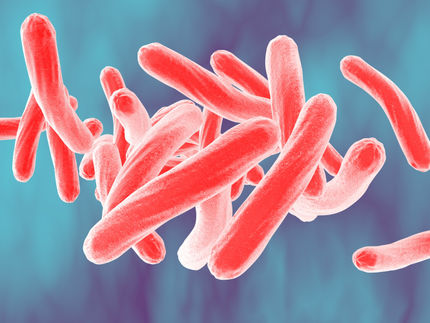Multidrug-resistant bacteria: urban brown rats as possible source
Advertisement
Rats and the plague – that was a constant and deadly threat hanging over Europe for centuries. But the danger posed by rats to humans is not banished, albeit in a different form: a recent study shows that many rats living in Vienna are carriers of dangerous multidrug-resistant bacteria. The work is the result of an international cooperation between Vetmeduni Vienna (Research Institute of Wildlife Ecology, Institute of Microbiology), the Austrian Agency for Food Safety (AGES), the Free University of Berlin and the Leibniz Institute for Photonic Technologies.

wolfgang_vogt, pixabay.com, CC0
The emergence of multidrug-resistant pathogens is becoming an ever-increasing global concern for human and animal health. A research team has now found that around one in seven rats (14.5%) captured in the Vienna city centre between 2016 and 2017 were carrying multidrug-resistant enterobacteria, E. coli being the main representative of this group. The prevalence of multidrug-resistant Enterobacteriaceae in rats in Vienna is thus comparable to that observed in previous studies in other major cities such as Berlin (13.6%) and Hong Kong (13.9%). Additionally, more than half of the rats in Vienna (59.7%) were found to be carriers of multidrug-resistant staphylococci.
Disconcertingly high prevalence of multidrug-resistant bacteria
“Although the exact relationship between rats carrying multidrug-resistant bacteria and the risk to human health is still unclear, the prevalence of multidrug-resistant bacteria observed by us is worrying,” the authors write. “One of the rats in our study was captured in a garden used by homeless people as a place to sleep in the summer. This particular situation increases the risk of transmission of the resistant bacteria, although a variety of other scenarios for transmission is also conceivable. The fight against rats, but also other rodents such as mice, is and remains an important public health priority in cities.”
Rats – dangerous vectors for disease
Brown rats (Rattus norvegicus) are particularly relevant for the spread and evolution of multidrug-resistant bacteria. Rats are considered the most prolific and widespread urban pest species. Foraging on human waste and colonising the sewage system, they frequently interact with human faecal matter and so acquire, carry and spread multidrug-resistant bacteria. Little is known about the exact role of rats in the epidemiology of multidrug-resistant bacteria, however. The present study therefore makes an important contribution to improving the level of knowledge in this area.
Climate change and rural exodus as important causes
More than half of the world’s population currently lives in cities, and this proportion will have increased to 60% by 2030. The density of the human population, increased interactions with urban wildlife and warmer urban microclimates favour the emergence of zoonoses – infectious diseases that are transmitted to humans from animal carriers – in cities. Cities could thus become places where pathogens are introduced and spread.
Despite their bad reputation, rats are very useful for science. These rodents are common in urban areas and come into contact with all types of wastewater. Scientists take advantage of this fact to gather information about possible antibiotic resistance in rats in the urban environment.
Original publication
"Urban brown rats (Rattus norvegicus) as possible source of multidrug-resistant Enterobacteriaceae and meticillin-resistant Staphylococcus spp., Vienna, Austria, 2016 and 2017"; Amélie Desvars-Larrive, Werner Ruppitsch, Sarah Lepuschitz, Michael P Szostak, Joachim Spergser, Andrea T. Feßler, Stefan Schwarz, Stefan Monecke, Ralf Ehricht, Chris Walzer and Igor Loncaric; Eurosurveillance; 2019




















































